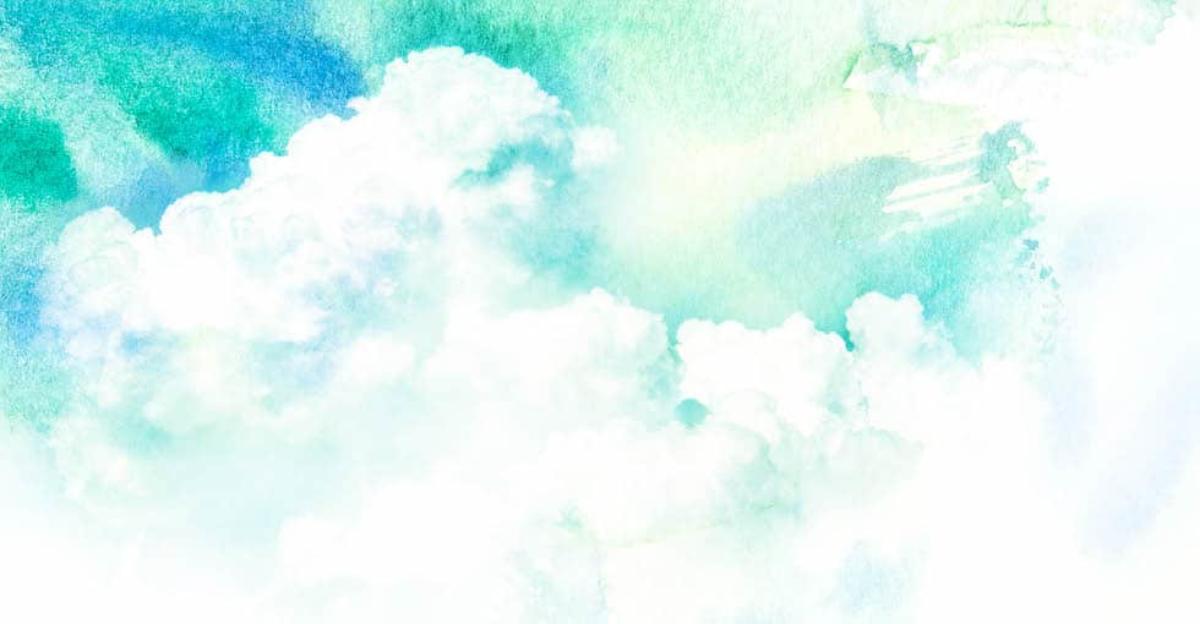As the defeated white crayon bemoaned in the children’s best-seller The Day the Crayons Quit, “You color with me, but why? Most of the time I’m the same color as the page you are using me on – WHITE!”
In the world of physics, white is not even considered a color; white, in essence, is all of the colors. When you see a specific color, what you’re actually seeing is visible light of a specific wavelength. When you see white, you’re seeing all the wavelengths together.
Painting white is tricky! We’ve put together a few tips to help. Whether you’re painting snow drifts or puffy clouds, remember to:
- Separate your white. White gets muddied easily, so designate a palette specifically for your white and keep a separate set of clean brushes at the ready.
- The most important thing to remember is that what we perceive to be white is not usually white. Even objects like clouds and snow are rarely pure white – they almost always have a tint to them, either from the surrounding light, shadows from other objects, or reflections. Think carefully about the color of your “white” object before you begin.
- Look for reflections. Most white objects reflect, which will alter the shade from pure white to i closer to the color they are reflecting.
- If possible, compose your white elements so that at least some piece of them is layered on a color; a white flower on a green leaf or white cloud on a blue sky, for example. This eliminates the difficult process of painting white on white.
- Pay attention to texture. Every edge, fold, ripple, and layer is an opportunity to add depth to your white.
Do you work with white? Share your tips in the comments below.






Leave a Reply